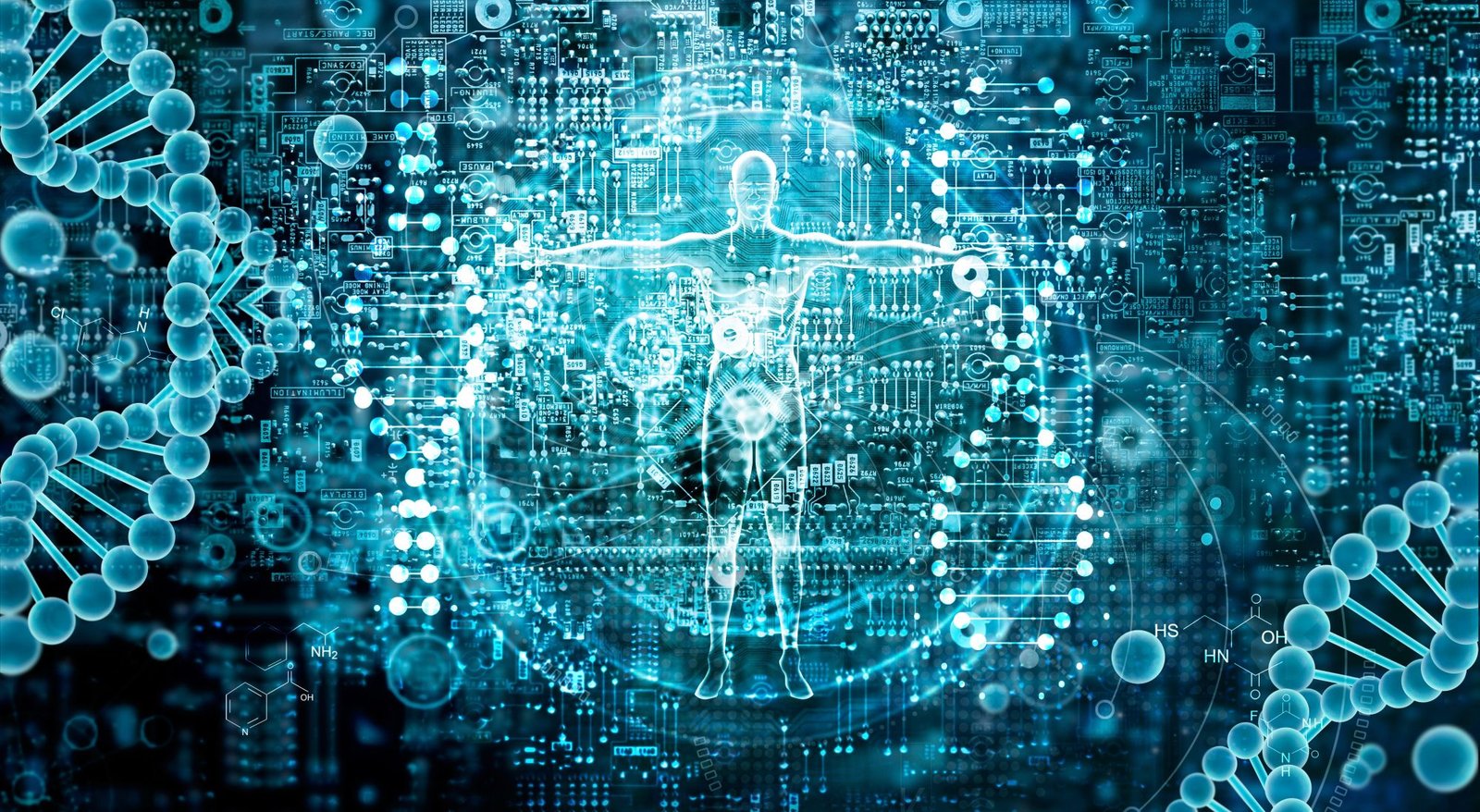The intersection of computer science and biology has revolutionized how we understand and address complex biological phenomena this multidisciplinary field blends the analytical power of algorithms and computational tools with the intricate dynamics of living systems enabling groundbreaking discoveries and advances in bioinformatics artificial intelligence and data analytics have transformed the way researchers decode DNA understand protein structures and predict biological behaviors for instance sequencing the human genome once an insurmountable task is now achieved with remarkable speed and precision through computational techniques the synergy between these disciplines is driving innovation in medicine agriculture and environmental science.
Bioinformatics tools are critical for tracking and controlling infectious diseases as demonstrated during the global pandemic responses as biological systems generate vast amounts of data computer science provides the means to store analyze and interpret this information unraveling patterns that were previously undetectable this collaboration not only deepens our understanding of life at the molecular level but also equips humanity with tools to tackle pressing challenges the convergence of computer science and biology holds limitless potential paving the way for a healthier and more sustainable future.
Computer Sciences in Biology:
The integration of computer sciences in biology has revolutionized our understanding of life processes, offering tools to analyze complex biological data with unprecedented precision by employing computational methods researchers can model biological systems simulate cellular behavior, and predict genetic interactions innovations like bioinformatics which combines biology with algorithms enable the interpretation of vast genomic datasets aiding in personalized medicine and drugs.
development of artificial intelligence and machine learning are being utilized to detect patterns in biological phenomena fostering breakthroughs in diagnostics and disease management this synergy of technology and biology empowers humanity to address challenges in health agriculture and environmental sustainability effectively.
Biology in Computer Science:
Biology and computer science two seemingly distinct fields converge in ways that are reshaping how we understand life and solve complex problems the integration of biology in computer science has given rise to groundbreaking disciplines like bioinformatics and computational biology by using algorithms data analysis and computational models scientists can study biological systems in unprecedented detail such as decoding genetic sequences simulating cellular processes and mapping protein structures these advancements are instrumental in accelerating drug discovery improving disease diagnosis.
even unraveling evolutionary mysteries of biology inspires innovative approaches in computer science with concepts like neural networks and evolutionary algorithms modeled after biological processes the synergy between these fields not only deepens our understanding of life’s intricate mechanisms but also equips us with tools to address global challenges from healthcare to environmental sustainability as technology continues to evolve the fusion of biology and computer science holds transformative potential for both science and society.
Applications of Bioinformatics:
Bioinformatics the intersection of biology and computational science has become a cornerstone in modern biology and medicine offering a wide range of applications that revolutionize how we analyze and interpret biological data one of its most impactful uses is in genomics where bioinformatics tools help sequence and analyze entire genomes enabling the identification of genes associated with diseases and traits this capability underpins personalized medicine where treatments are tailored to an individual genetic profile improving outcomes and reducing side effects in drug discovery bioinformatics accelerates the identification of potential drug targets by modeling protein structures and simulating drug interactions significantly cutting development time.
Another critical application is in evolutionary biology where bioinformatics methods track genetic changes over time offering insights into species adaptation and biodiversity it also plays a vital role in agriculture optimizing crop genomes for higher yields pest resistance and climate adaptability in public health bioinformatics tools monitor and predict outbreaks by analyzing pathogen genomes aiding in the development of vaccines and preventive strategies from uncovering the secrets of life at the molecular level to addressing global challenges bioinformatics continues to shape the future of science and medicine with its diverse and transformative applications.
Data Structure:
A data structure is a way of organizing and storing data in a computer so that it can be accessed and manipulated efficiently it provides a systematic way to manage and organize information making it easier to perform operations like searching sorting and modifying data from different types of data structures are designed for specific purposes each with its strengths and weaknesses depending on the task at hand for example, arrays are simple and fast for accessing elements by index but less efficient for inserting or deleting items linked lists on the other hand are better for dynamic data that requires frequent insertions and deletions though they can be slower for accessing individual elements.
Trees especially binary trees are ideal for hierarchical data and searching while hash tables provide fast lookups for key-value pairs stacks and queues are useful for managing data in specific orders like in algorithms that require a last-in-first-out (LIFO) or first-in-first-out (FIFO) approach by choosing the appropriate data structure developers can optimize their programs for better performance ensuring that operations are efficient even with large volumes of data.
